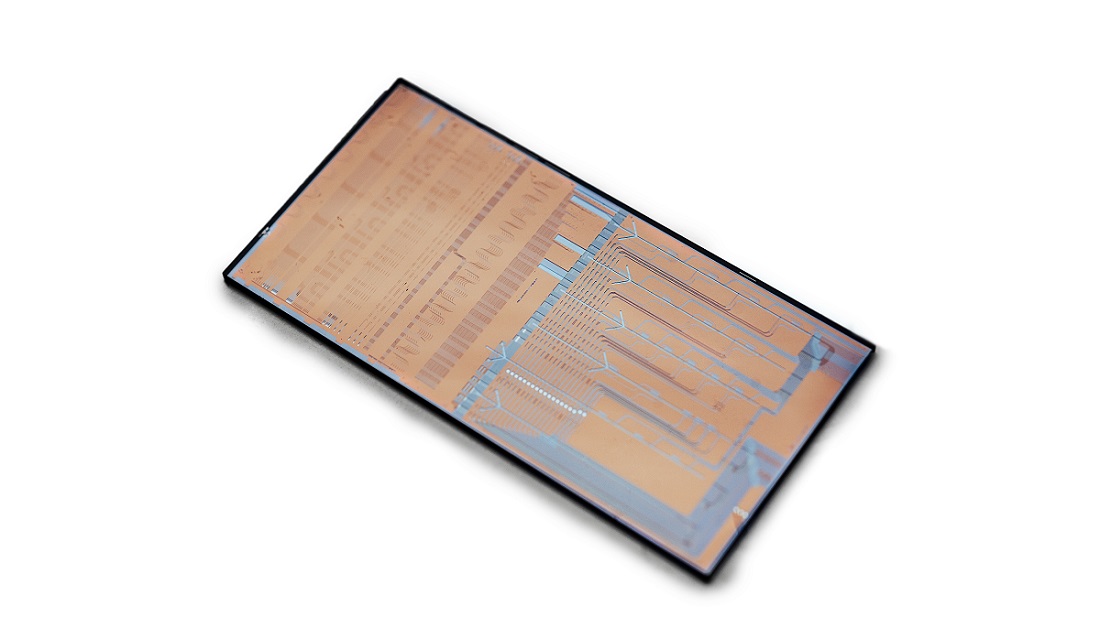Accurate detection of human cells is a key operation in modern medicine that is vital for the study of disease mechanisms and for the advancement of targeted and personalized treatments such as CAR-T immune cell therapy for cancer. As such, identifying these therapeutic cells at high throughput is crucial and often time sensitive.
Today’s method of choice is flow cytometry. Cell populations are characterized based on the physical and chemical characteristics of individual cells as they flow past a laser. Currently the technique’s widespread adoption and availability is hindered by bulky instrumentation, complex manual workflows that pose contamination risks, and high operational costs.
Recently, Belgium-based R&D hub imec and Australian medical technology startup Sarcura GmbH unveiled a proof-of-concept on-chip flow cytometer using integrated photonics. The device’s ability to detect and discern human leukocytes marks a step toward cost-effective, scalable, and highly parallelized cell analysis.

The silicon photonics-based on-chip flow cytometer developed by imec and Sarcura provides a drastically miniaturized platform to conduct cell identification tasks. Courtesy of Sarcura.
The work leveraged imec’s expertise in CMOS technology, photonics, and fluidics to automate, miniaturize, and parallelize flow cytometry. Fabricated on imec’s 200mm CMOS pilot line, the opto-fluidic chip features a pioneering material stack facilitating both cell illumination and capturing of scattered light through waveguide optics, and precise cell delivery to the detection points using microfluidic channels.
According to Sarcura CEO and co-founder Daniela Buchmayr, silicon photonics serves as a building block for the chip, which merges single-cell detection capabilities with massive parallelization on a dramatically miniaturized footprint.
“We have demonstrated, for the first time, that a monolithically integrated biophotonic chip can be used to collect optical scattering signals that allow the discrimination of lymphocytes and monocytes from a patient’s blood sample, rivaling the performance of commercial cytometers, said Niels Verellen, scientific director at imec. “The main advantage lies in the potential for dense parallelization of multiple flow channels to boost the system throughput.” In a next phase, the compact, alignment-free design should enable billions of cells to be identified within a limited amount of time.
Importantly, the chip’s architecture meshes seamlessly with imec’s previously developed bubble jet cell sorting module, and is compatible with wafer-scale fabrication. Further, the photonic components and layout can be tailored to suit specific applications, providing a high level of versatility for its potential cost-effective, scalable, and highly parallelized cell-sorting platforms.
The research was published in Scientific Reports (www.doi.org/10.1038/s41598-024-60708-0).
/Buyers_Guide/Imec/c22187